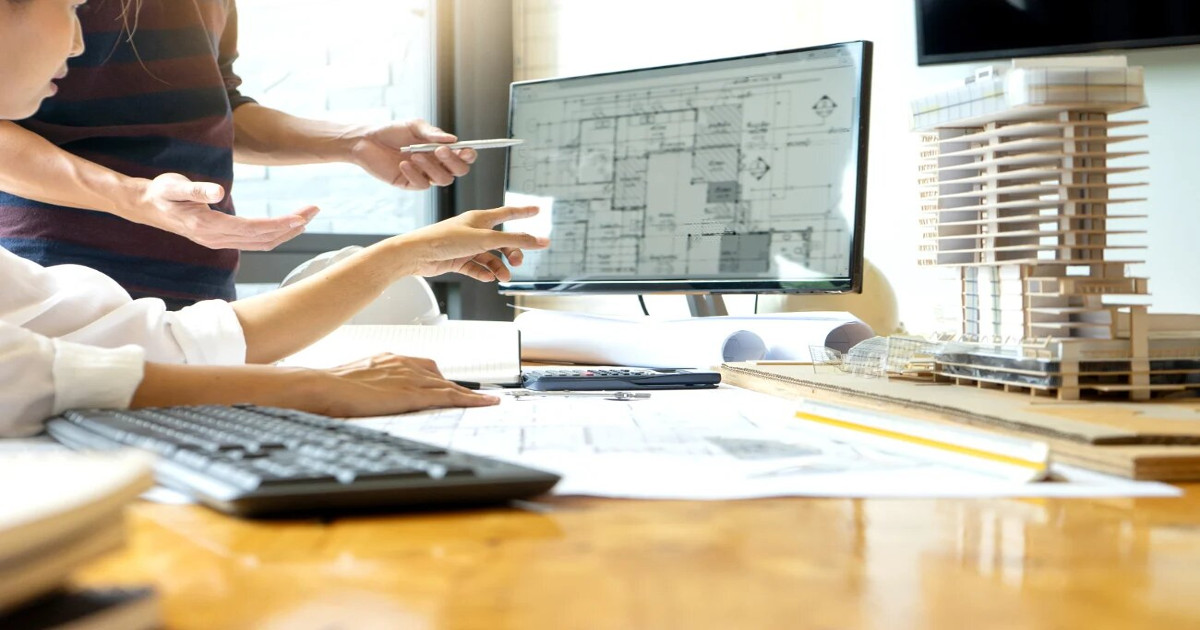Revit 3D modeling has revolutionized the field of building design providing architects, engineers, and construction professionals with a powerful tool to create, visualize, and analyze complex building designs. The importance of building design in architecture and construction cannot be overstated, as it directly impacts the built environment’s functionality, sustainability, and aesthetic appeal.
Applications of Revit 3D Modeling in Building Design
Revit 3D modeling has many applications in building design, from conceptualization to construction documentation and coordination. The following are some of the key areas where Revit 3D modeling is used:
Architectural Design
Revit 3D modeling enables architects to create detailed and accurate 3D models of buildings, including walls, floors, roofs, windows, doors, and other architectural elements. This allows them to explore design options and visualize the final product before construction begins. Revit 3D modeling also supports creating parametric families, enabling architects to create custom design elements that can be reused in different projects.
Structural Design
Revit 3D modeling is also used in structural design, as it allows engineers to create detailed models of building structures, including beams, columns, walls, and foundations. These models can be analyzed for strength, stability, and load-bearing capacity and modified to optimize the design. Taking the assistance of professional revit modelling services is one of the ideal ways to reach the ultimate potential of 3D modeling.
MEP (Mechanical, Electrical, and Plumbing) Design
Revit 3D modeling also supports creating MEP systems, including HVAC, plumbing, and electrical systems. These systems can be integrated into the 3D model, allowing for accurate system performance analysis and coordination with other building elements.
Construction Documentation and Coordination
Revit 3D modeling also facilitates the creation of construction documents, including floor plans, elevations, sections, and details. These documents can be generated directly from the 3D model, reducing errors, and improving coordination among project stakeholders.
Advantages of Revit 3D Modeling in Building Design
Revit 3D modeling offers numerous advantages to the building design process, including:
Enhanced Visualization and Communication of Design Concepts
Revit 3D modeling enables designers to create detailed and realistic 3D models of buildings, allowing stakeholders to visualize the design and communicate their ideas effectively. This enhances collaboration and facilitates decision-making, resulting in a better design outcome.
Increased Efficiency in the Design Process
Revit 3D modeling streamlines the design process, reducing the time and effort required to create and modify design concepts. Designers can make changes to the 3D model and see the impact in real-time, allowing them to make informed decisions quickly. Many firms are now utilizing revit modelling solutions to streamline their design process and improve the quality of their building designs.
Improved Collaboration Among Project Stakeholders
Revit 3D modeling facilitates stakeholder collaboration, including architects, engineers, contractors, and clients. The 3D model can be shared and accessed all stakeholders, allowing for better communication and coordination.
Accurate Analysis of Building Performance and Sustainability
Revit 3D modeling supports building performance and sustainability analysis, including energy efficiency, lighting, and acoustics. This enables designers to optimize the design for performance and sustainability, resulting in cost savings and reduced environmental impact.

Challenges and Limitations of Revit 3D Modeling in Building Design
While Revit 3D modeling offers many benefits to the building design process, some challenges and limitations should be considered. These include:
Technical Proficiency and Training Requirements
Revit 3D modeling requires high technical proficiency, and users must be trained in the software to use it effectively. This can be a challenge for firms that are new to the software or for employees unfamiliar with 3D modeling techniques.
Software Compatibility and Interoperability Issues
Revit 3D modeling may not be compatible with other software used in the building design process, which can create interoperability issues. This may require additional time and resources to address, such as manual data transfer or the use of third-party software. While Revit 3D modeling is a popular choice, other 3D modeling services are available that better suit the needs of some firms.
Cost and Resource Constraints
Revit 3D modeling software can be expensive to purchase and maintain and challenging for small or medium-sized firms with limited resources. Additionally, creating and managing 3D models requires significant computing resources, which can be costly.
Conclusion
Revit 3D modeling has become an indispensable tool for building design professionals, enabling them to create detailed and accurate 3D models of buildings, analyze their performance, and generate construction documentation. Revit 3D modeling offers numerous advantages and limitations to consider. Despite these challenges, Revit 3D modeling continues to be a popular choice for building design professionals. With continued technological advancements in the coming years, it will become even more integral to the building design process.



